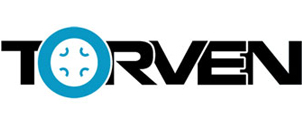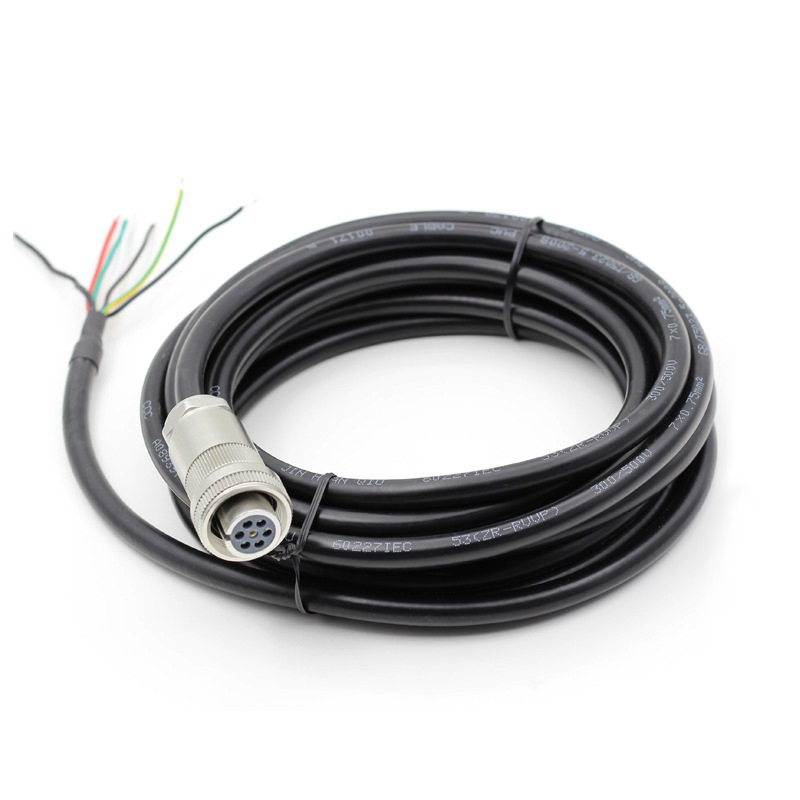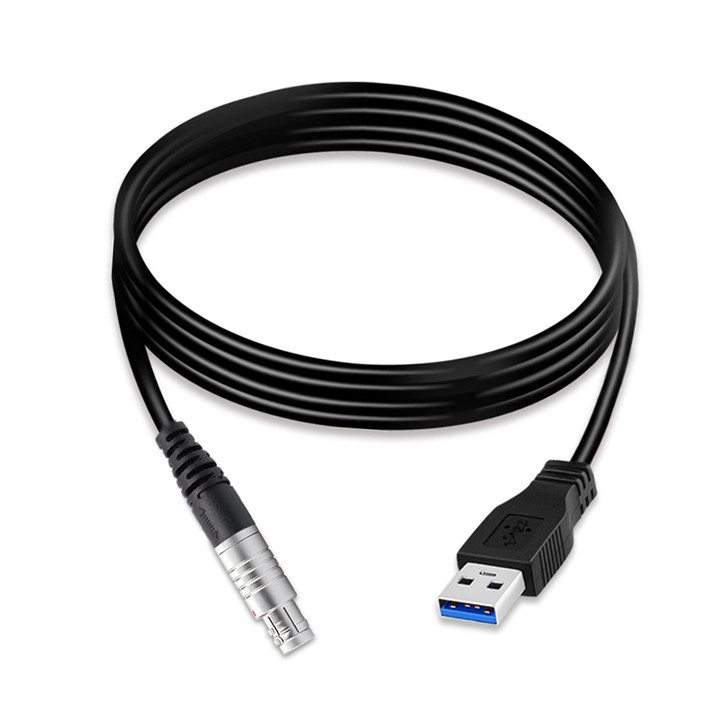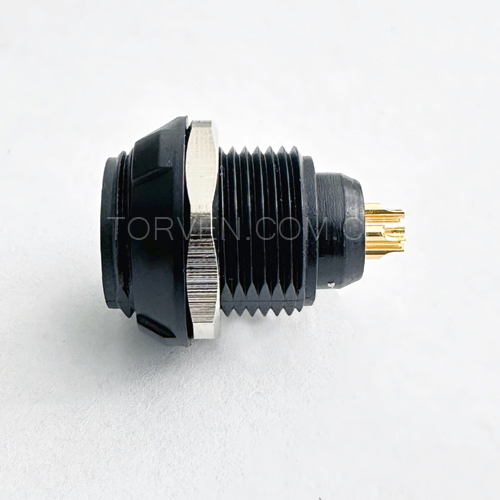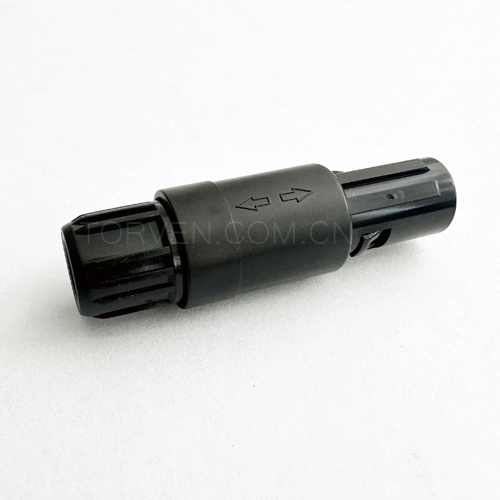To explain to you the production process of connectors, there are many types of electronic connectors, but the manufacturing process is basically the same, the manufacture of connectors can generally be divided into four stages: stamping, electroplating, injection molding and assembly.
1. Stamping/Turning
The manufacturing process of electronic connectors generally begins with stamping pins. With large high-speed presses, electronic connectors (pins) are stamped from thin metal strips. One end of the large coil of metal strip is fed into the front end of the stamping machine, and the other end is wound into the reel pulley through the hydraulic table of the stamping machine, and the metal strip is pulled out by the reel pulley and rolled to stamp out the finished product.
2. Electroplating
After the connector pin is stamped, it should be sent to the plating section. At this stage, the electronic contact surfaces of the connector will be plated with various metal coatings. A type of problem similar to the stamping stage, such as twisting, chipping or deformation of the pins, also occurs during the feeding of the stamped pins into the plating equipment. With the techniques described in this article, such quality defects can be easily detected.
However, for most machine vision system suppliers, many quality defects in the electroplating process are still "no-go areas" for inspection systems. Electronic connector manufacturers want inspection systems that detect a variety of inconsistent defects on connector pin plating surfaces, such as fine scratches and pinholes. Although these defects are easily identified for other products, such as aluminum can backs or other relatively flat surfaces; However, due to the irregular and angled surface design of most electronic connectors, it is difficult for vision inspection systems to obtain the images needed to identify these subtle defects.
Because some types of pins require multiple layers of metal, manufacturers also want inspection systems to be able to distinguish between various metal coatings in order to verify that they are in place and in the correct proportions. This is a very difficult task for vision systems using monochrome cameras, because the grayscale of images with different metallic coatings is practically the same. Although the camera of the color vision system can successfully distinguish these different metal coatings, the problem of lighting difficulties persists due to the irregular angle and reflection of the coating surface.
3. Injection molding
The plastic box holder of the electronic connector is made in the injection molding stage. The usual process is to inject molten plastic into a metal tire film and then quickly cool it to form it. When the molten plastic is not completely filled with the fetal film, the so-called "leakage" is a typical defect that needs to be detected during the injection molding stage. Other defects include filling or partially clogging of the jacks (these jacks must be kept clean and open so that they can be properly seated with the pins during final assembly). Machine vision systems for quality inspection after injection molding are relatively simple because they can easily identify box holder leaks and jack blockages using backlight.
4. Assembly
The final stage in the manufacture of electronic connectors is the assembly of the finished product. There are two ways to plug the plated pins with the injection box holder: individually or in combination. Individual docking means plugging one pin at a time; Combined butt inserts multiple pins at once with the box holder. Regardless of the plugging method, manufacturers require that all pins be inspected for missing and correct positioning during the assembly phase; Another type of routine inspection task is related to the measurement of the spacing on the mating surface of the connector.
As in the stamping phase, the assembly of the connectors poses a challenge to the inspection speed of the automatic inspection system. Although most assembly lines cycle by one to two pieces per second, vision systems typically perform several different inspection items for each connector passing through the camera. Therefore, the detection speed once again becomes an important system performance indicator.
